A maze of narrow streets that wind dizzyingly up and down, and one of the city’s most outstanding sites, Girona’s Call, or Jewish Quarter. In medieval times, in around the fourteenth century, this quarter was reviled and even sacked on several occasions until the expulsion of the Jews from the Peninsula in 1492.
To reach this quarter from the station, walk in a northeasterly direction until you get to Carrer Nou, which leads to the stone bridge, or pont de Pedra. Halfway along this bridge, stop a while to admire the picture-postcard beauty of the houses on the River Onyar. This view is perhaps even more striking in mid-afternoon, when the sunlight reflects on the yellow and ochre tones of these buildings.
We are now in the old town, or Barri Vell, the original site of Roman Gerunda. At Easter, the procession of the manaies soldiers takes us back to the times of the Roman Empire. Passing under the arches of Plaça del Vi we take Carrer dels Ciutadans to another square, Plaça de l’Oli. The importance of the medieval guilds is clear in the street names that we see here, named after the fishmongers, the boiler-makers, etc.: Peixateries Velles, Ballesteries,Caldererers… In this last street are shops selling such local gastronomic delights asbotifarra dolça, a sweetmeat best accompanied by a glass of ratafia.
We are now in Carrer de la Força, the cardus maximus of the Força Vella, or Roman city. From here, we take another street, Carrer Major del Call, and we are in what was the Call, or Jewish Quarter, during the Middle Ages. Follow your feet, wandering around these steep, narrow streets, up and down steps, there is no hurry. Admire the Doors, peep through keyholes…
Now sit on one of the many flights of stops here and try to find the sky amid the stone walls, as members of the old Jewish community surely did once. Learn who they were and how they lived at the Museum of Jewish history, or Museu d’Història dels Jueus, and theBonastruc ça Porta Centre, and taste Sephardic cuisine at the Bau Bar, in the Pia Almoina building at the foot of the Cathedral.
For those who would like to discover more about the Jewish heritage here, the HotelLlegendes de Girona organises guided tours of the Call and the town of Besalú. If you are here in May, moreover, all your senses will thank you: this is temps de flors, the time of flowers, when a thousand colours and forms will make your visit even more unforgettable. Another important date in the city’s calendar is in autumn, when the traditional fira de Sant Narcís fair takes place.
Visit the Cathedral in the early afternoon, this immense space cannot fail to amaze you. Raise your eyes and admire the colours of the stained glass and the ribbed arches. Stroll around the cloister and enjoy the heavenly silence. All you will hear is the gentle sound of water as it flows slowly.
We now go back to the fourteenth century to find La bruixa de pedra. Once you have spotted Guisla Recasens, the cathedral witch immortalised here as a gargoyle, go down to Sant Feliu and take it easy for a while, sit on a bench… Imagine yourself now in the caldarium orfrigidarium of the Moorish Baths (Banys Àrabs)… what pleasure!
Another delight is a visit to Sant Pere de Galligants, the former Benedictine monastery, though only the church and cloister, somewhat altered, remain from the original site. Just behind the monastery is the start of the Archaeological Walk, or Passeig Arqueològic, rich in natural and historic heritage. Stroll around the Galligants site and take a rest at the hospice at St. Daniel’s Monastery, or Hostatgeria del monestir de Sant Daniel.
Next day, we discover a favourite local site, Vall de Sant Daniel, and climb up the Mountain of the Jews, Montjuïc, or stroll along Passeig de la Muralla. At the top, our efforts are rewarded by the splendid, bird’s-eye view over the city and surrounding area. Pause in the gardens known as the Jardins dels Alemanys, a haven of peace and quiet.
Walk all along the city walls until you reach the Convent of Sant Domènec. Then descend a while for coffee and cake surrounded by university students. Next, stroll along to the former Convent of La Mercè and visit more gardens, the Jardins de la Mercè. Take a different bridge to return to the city: Peixateries Velles, Sant Agustí, Sant Feliu…
Time to visit another park now. Parc de la Devesa is a lush, green paradise beside the River Ter. Here, a veritable endless sea of plane trees seems to touch the sky… This is a good moment to bid the city farewell, as we cannot keep the lioness (Lleona) waiting. See you again soon!
Text and photos: Roger Jiménez / Slowing Catalunya
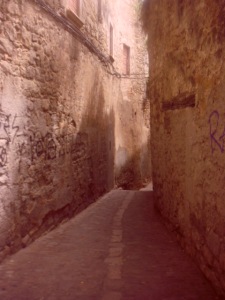
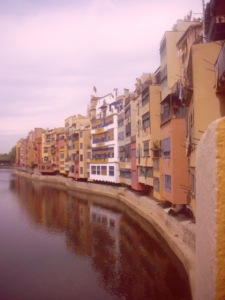
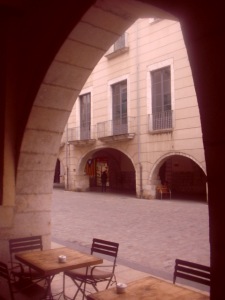

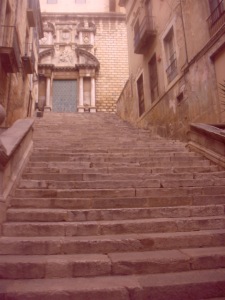
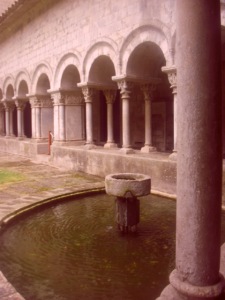
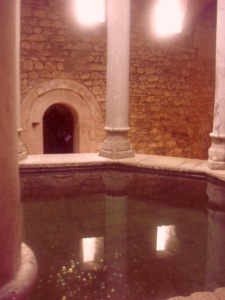
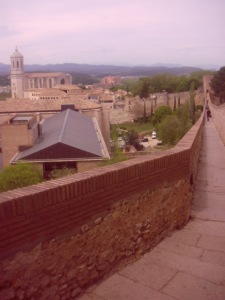
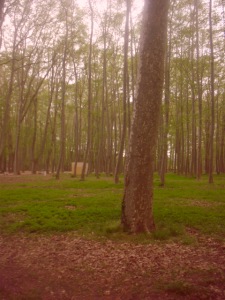
No hay comentarios:
Publicar un comentario